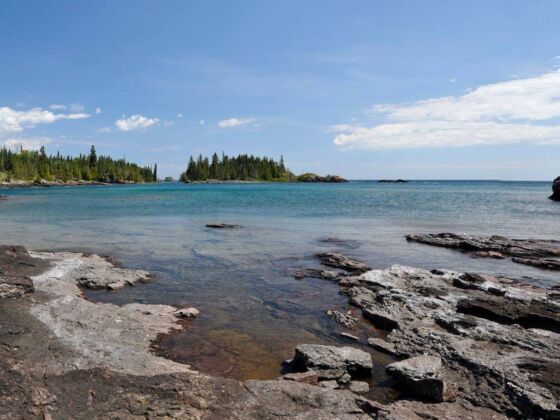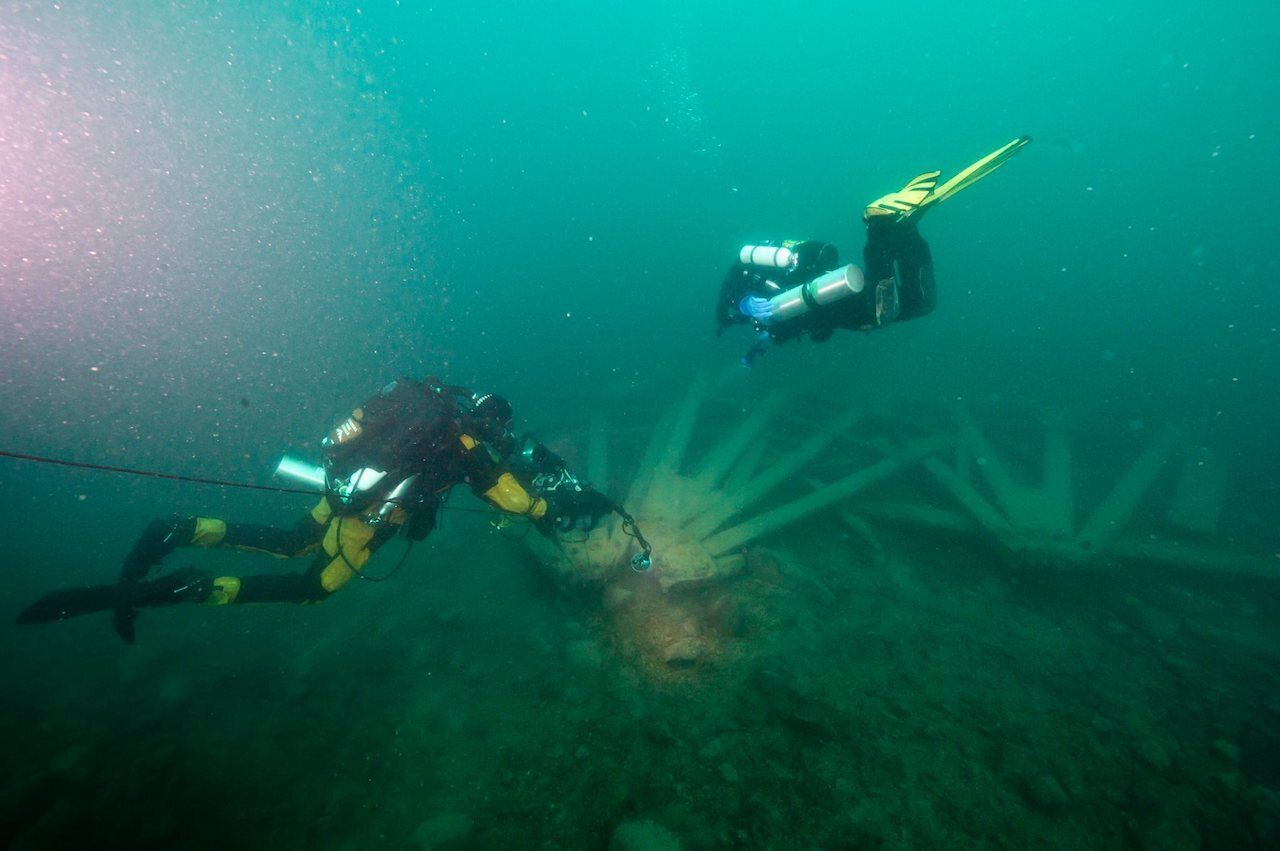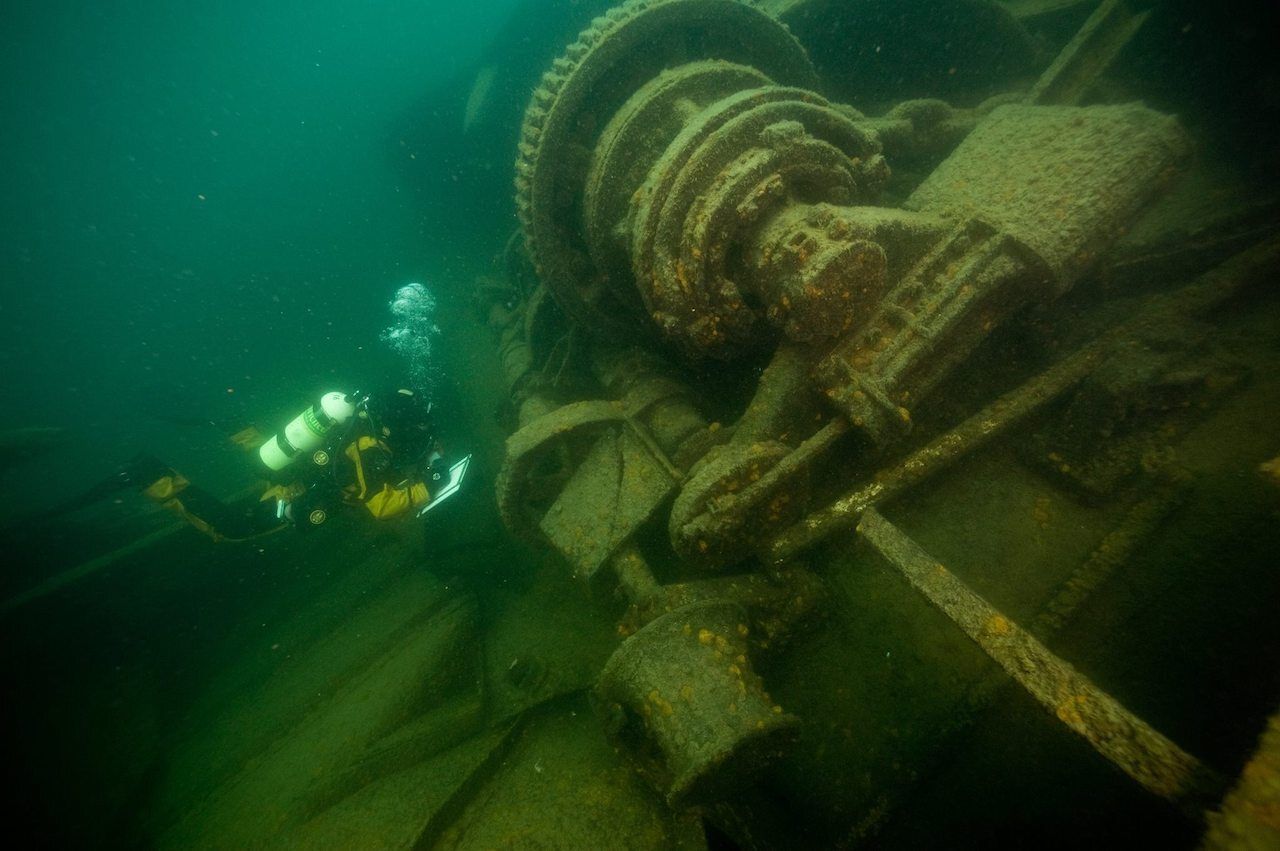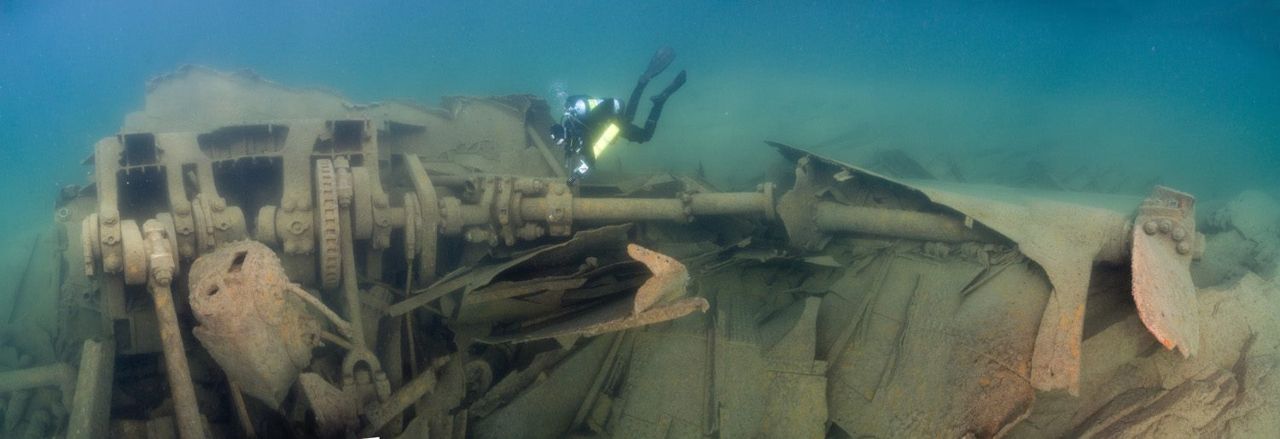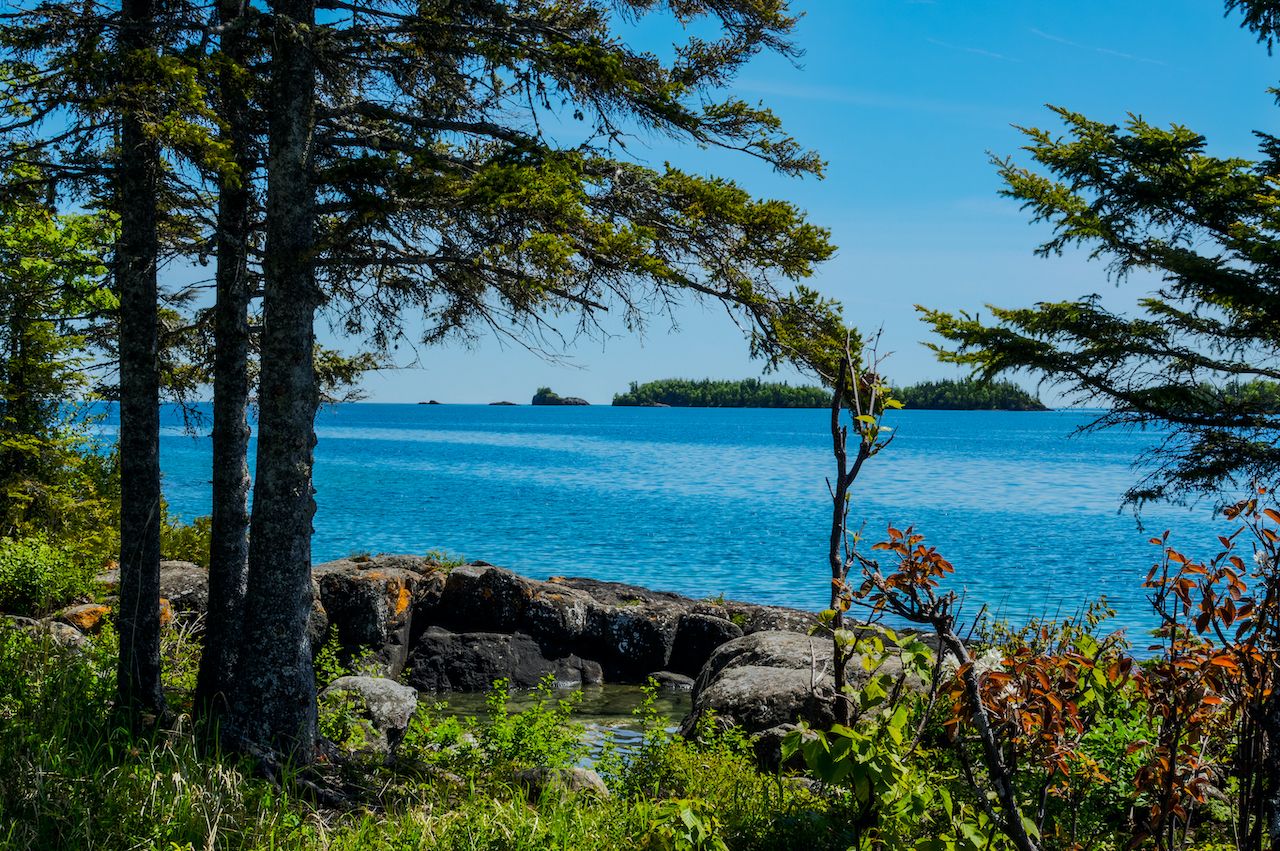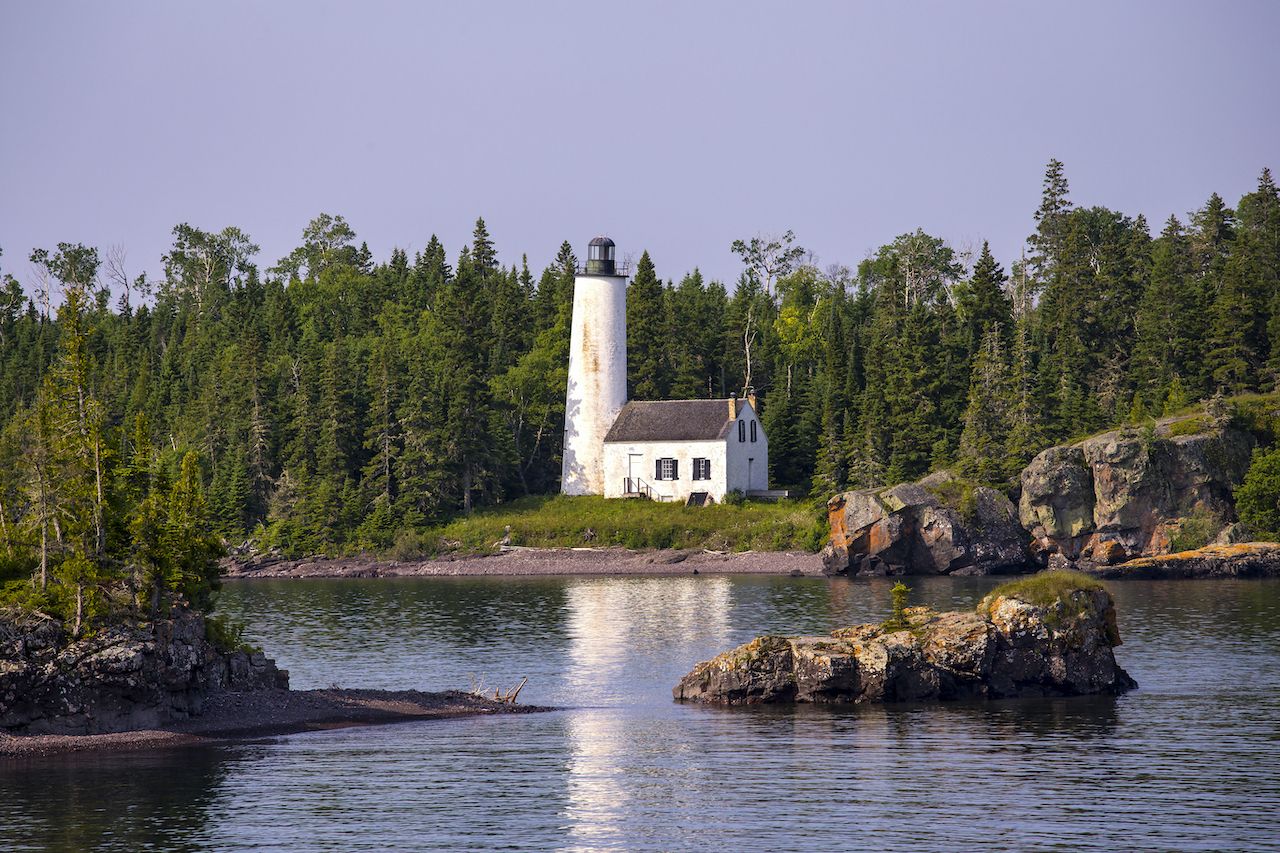Of all the outdoor activities America’s national parks call to mind, scuba diving is low on the list, especially when that national park is in the Midwest.
Michiganders know better. Isle Royale National Park, which doubles as the largest of Lake Superior’s 400-plus islands, is one of the most unexpectedly exciting places to scuba dive in the United States. The water is invigoratingly icy, the lake floor is a maze of shipwrecks waiting to be explored, and the view from the surface captures Lake Superior at its most remote.
If you’re looking for an unforgettable experience in one of the country’s most underrated national parks, wetsuit up, and look no further than Michigan’s Isle Royale National Park.
